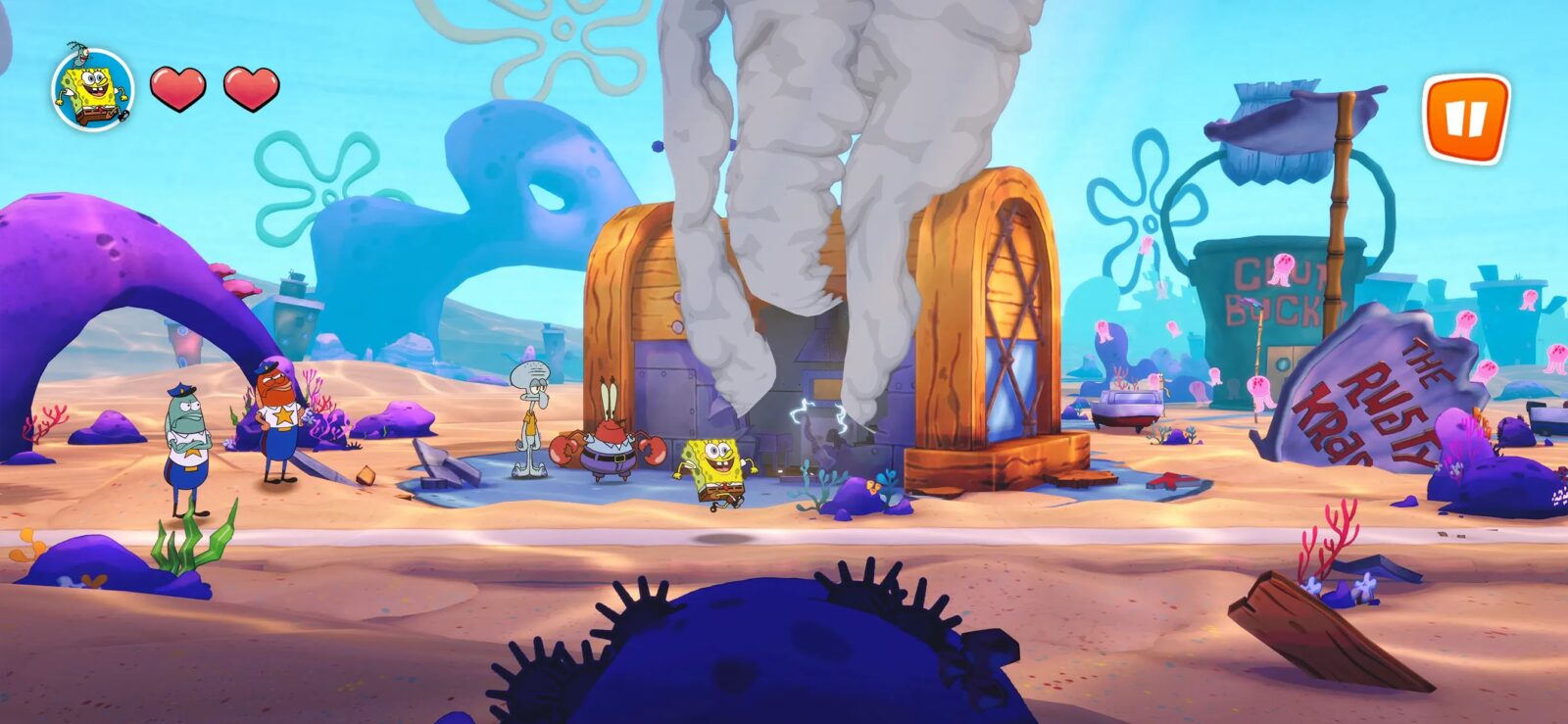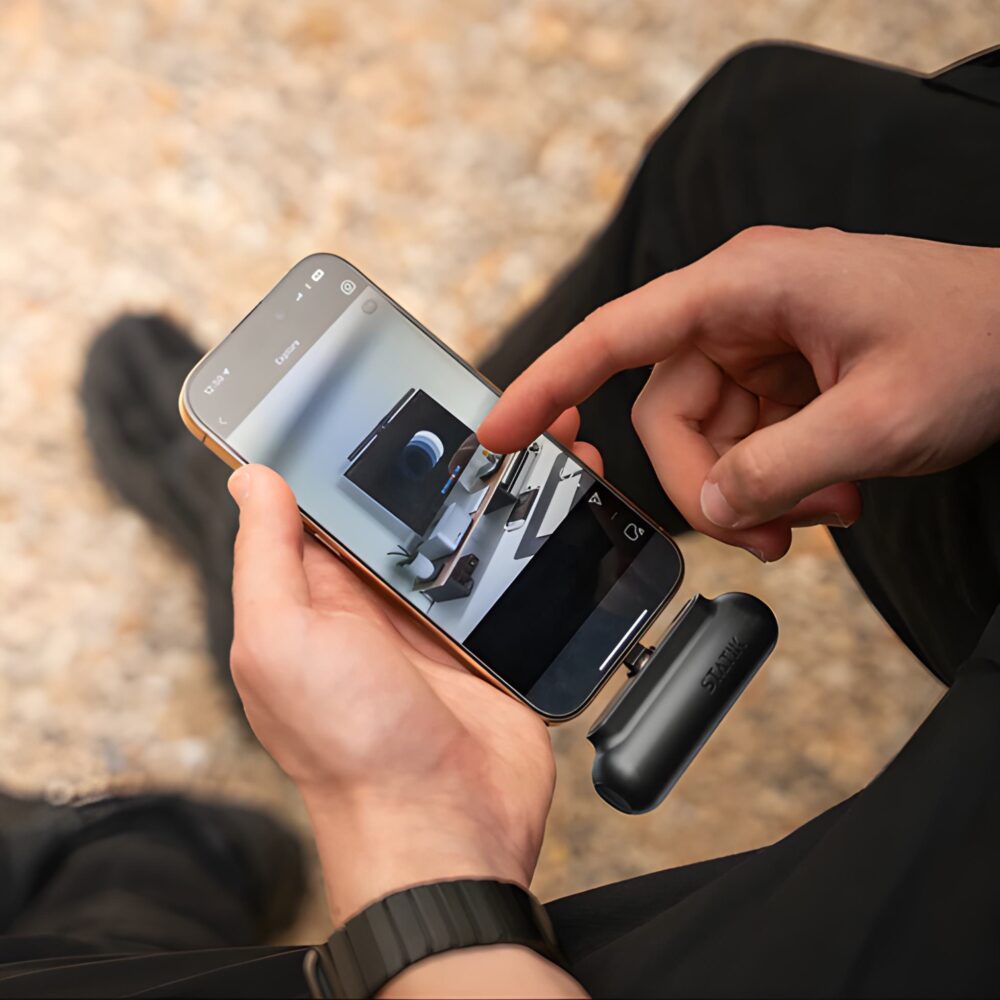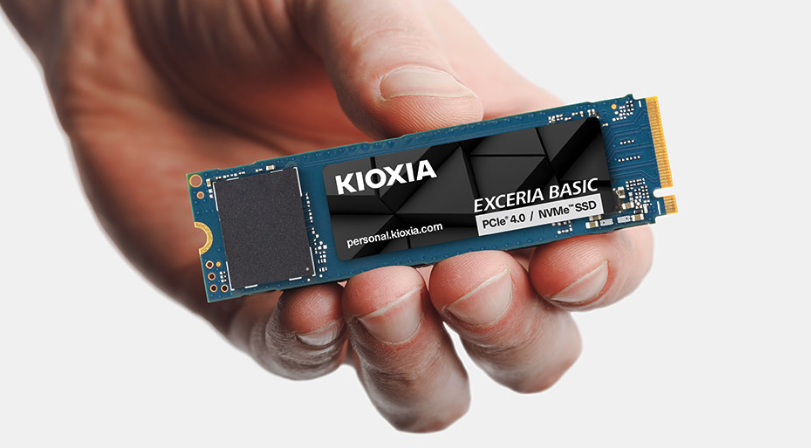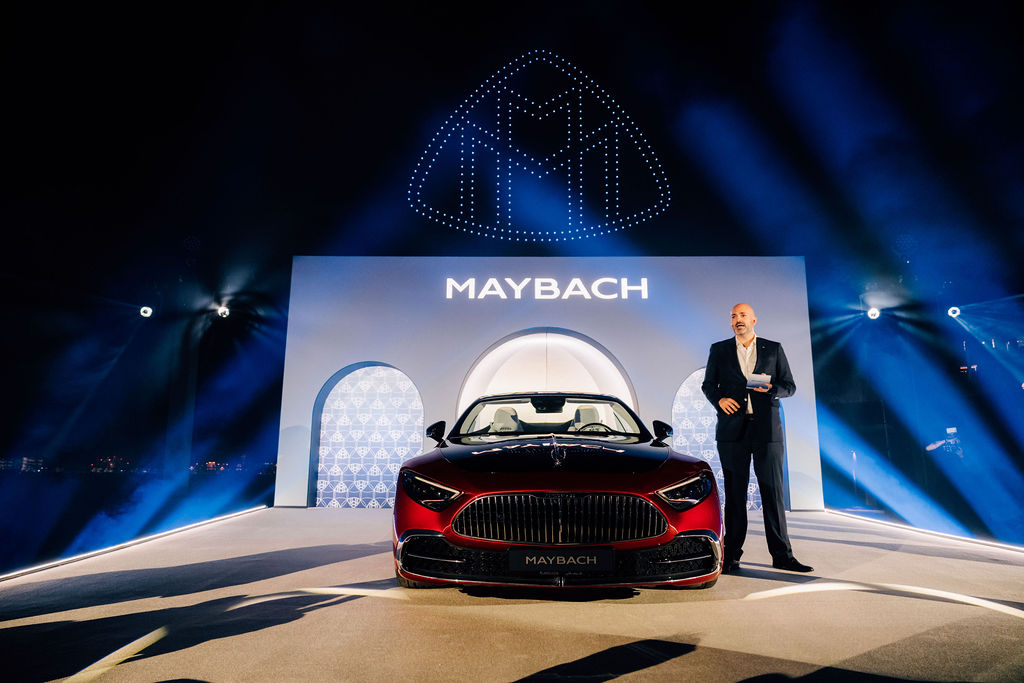Dolby Vision 2 is Dolby’s next swing at HDR, and it’s less about chasing bigger numbers than making TVs behave more intelligently. Announced at IFA 2025, the format layers a new Dolby Image Engine on top of the existing Dolby Vision pipeline so the TV can adapt to content and viewing conditions with fewer dials for viewers to tweak. Dolby is positioning this as a practical upgrade that works across movies, sports, and games without changing how titles are mastered. The headline features include Content Intelligence for context-aware picture tuning, Precision Black for cleaner shadow detail, Light Sense for ambient-light adaptation, and a creator-guided motion system called Authentic Motion. Together, these tools aim to address longstanding pain points—crushed blacks, blown highlights, and over-aggressive motion smoothing—without asking users to become calibrators.
Under the hood, Dolby Vision 2 continues to rely on dynamic metadata—the per-scene (and in some cases per-shot) instructions that tell a TV how to map color and brightness to its own hardware limits—but adds bi-directional tone mapping so creative intent and display capabilities meet more predictably. Dolby’s pitch is that this yields fewer “it looked different in the grading suite” compromises and more consistent results in living rooms with very different TVs and lighting. Backward compatibility is part of the plan: existing Dolby Vision content remains playable on current sets, while the extra metadata rides along only on Dolby Vision 2-capable displays. That means your library doesn’t need a do-over to benefit on new hardware.
Dolby is splitting the spec into two tiers. The standard Dolby Vision 2 target is meant for a broad range of mid-to-high-end TVs, while Dolby Vision 2 Max unlocks additional controls on flagship panels that can actually take advantage of them—think higher peak brightness, tighter local dimming control, and finer motion handling. The idea is to make it plain to shoppers which sets have the headroom to realize the full feature set, instead of burying capabilities in fine print.
On the ecosystem front, Hisense is the first TV maker publicly on board, starting with its RGB Mini LED models. Those launches are tied to MediaTek’s Pentonic 800 SoC, the first TV platform announced with Dolby Vision 2 support, which gives us a hardware anchor for the rollout. Other brands have been more cautious: LG has moved from a hard “no plans” to “evaluating the opportunity,” and Sony is reportedly in discussions. Expect firmer positions around CES 2026. Samsung, which backs HDR10+, still doesn’t support Dolby Vision at all, so a quick pivot there looks unlikely. In practical terms, the first Dolby Vision 2 TVs are expected in 2026, with broader adoption into 2027 as new chipsets and model cycles arrive.
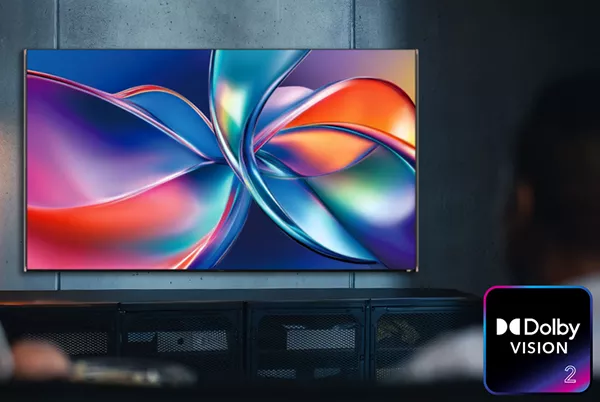
If you’re trying to decide whether to wait, a few realities help. First, Dolby Vision 2 is about smarter mapping rather than remastered catalogs, so gains will show up on day one with content you already watch in Dolby Vision. Second, the improvements target real-world variables that specs don’t capture well—mixed lighting, varied panel behavior, and motion processing that can either preserve film cadence or turn everything into soap opera. Authentic Motion’s shot-by-shot control, for instance, gives creators a way to communicate motion intent without ceding everything to a TV’s generic smoothing algorithm. If you’ve ever turned motion off for movies and back on for sports, you are exactly the audience Dolby says it’s building for.
There’s also a competitive subtext. HDR10+ still relies on dynamic metadata but lacks Dolby’s expanded toolset and the new engine’s environmental awareness. Dolby’s argument is less “more nits” and more “fewer bad pictures,” especially in bright rooms where HDR often falls apart. That may prove persuasive if the industry can align on chips and panels that expose the full Dolby Vision 2 feature stack rather than cherry-picking checkboxes.
None of this guarantees perfection—AI-guided picture tuning is only as good as a TV’s sensors, processing, and the defaults chosen by each brand. But the roadmap is clear enough for a buying strategy. If you need a TV now, current high-end OLED and Mini LED sets with Dolby Vision remain excellent. If you’re sensitive to motion handling, watch in variable ambient light, or plan to keep a premium set for many years, waiting for 2026 models built around Pentonic 800-class silicon and the Dolby Vision 2 Max stack could be worthwhile. At minimum, expect Hisense to lead the charge, with others signaling their intent (or lack thereof) as we move into the next product cycle.


